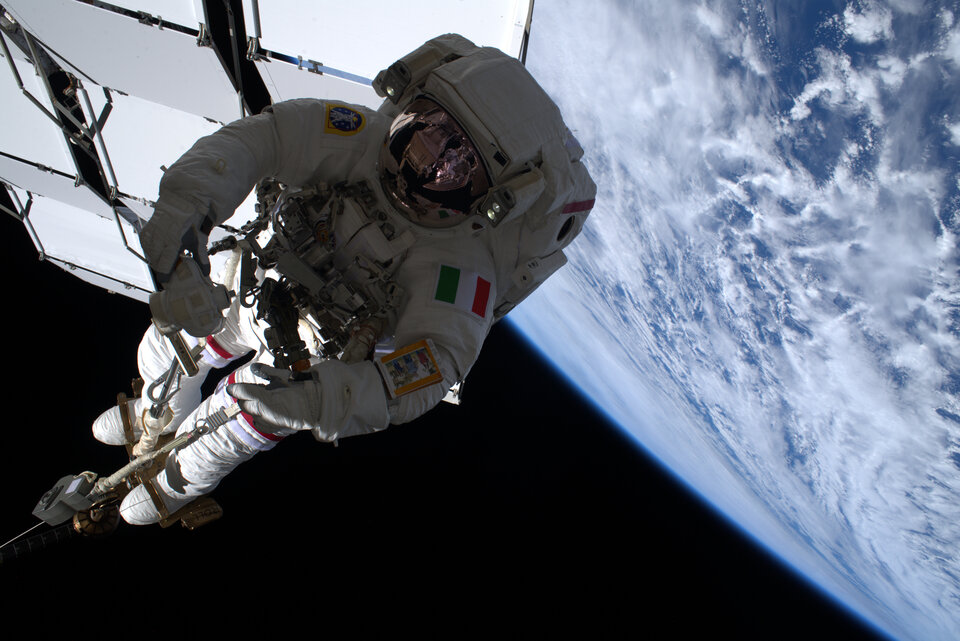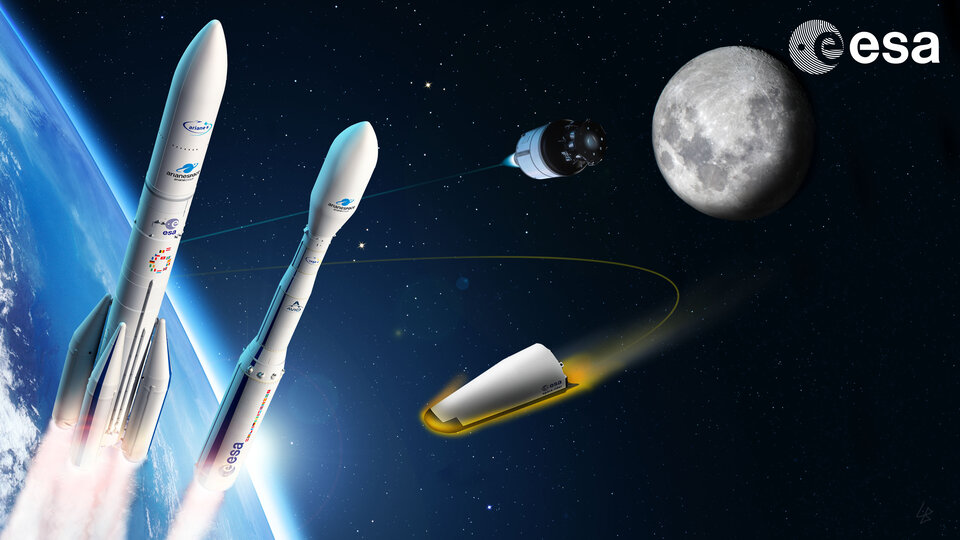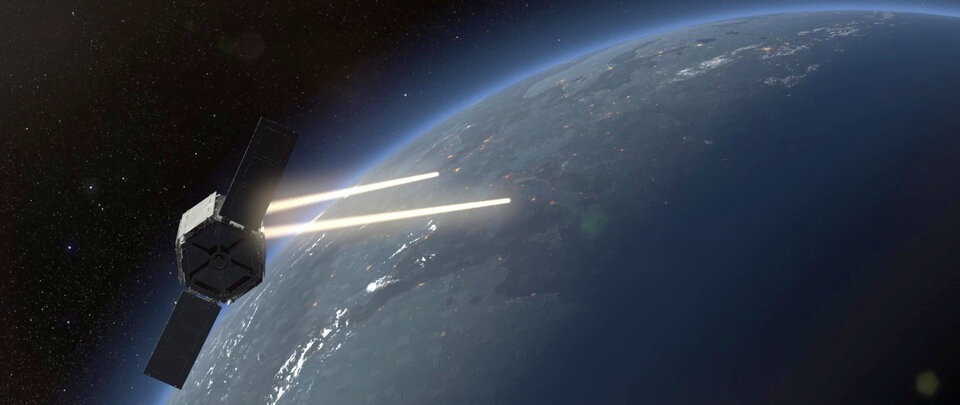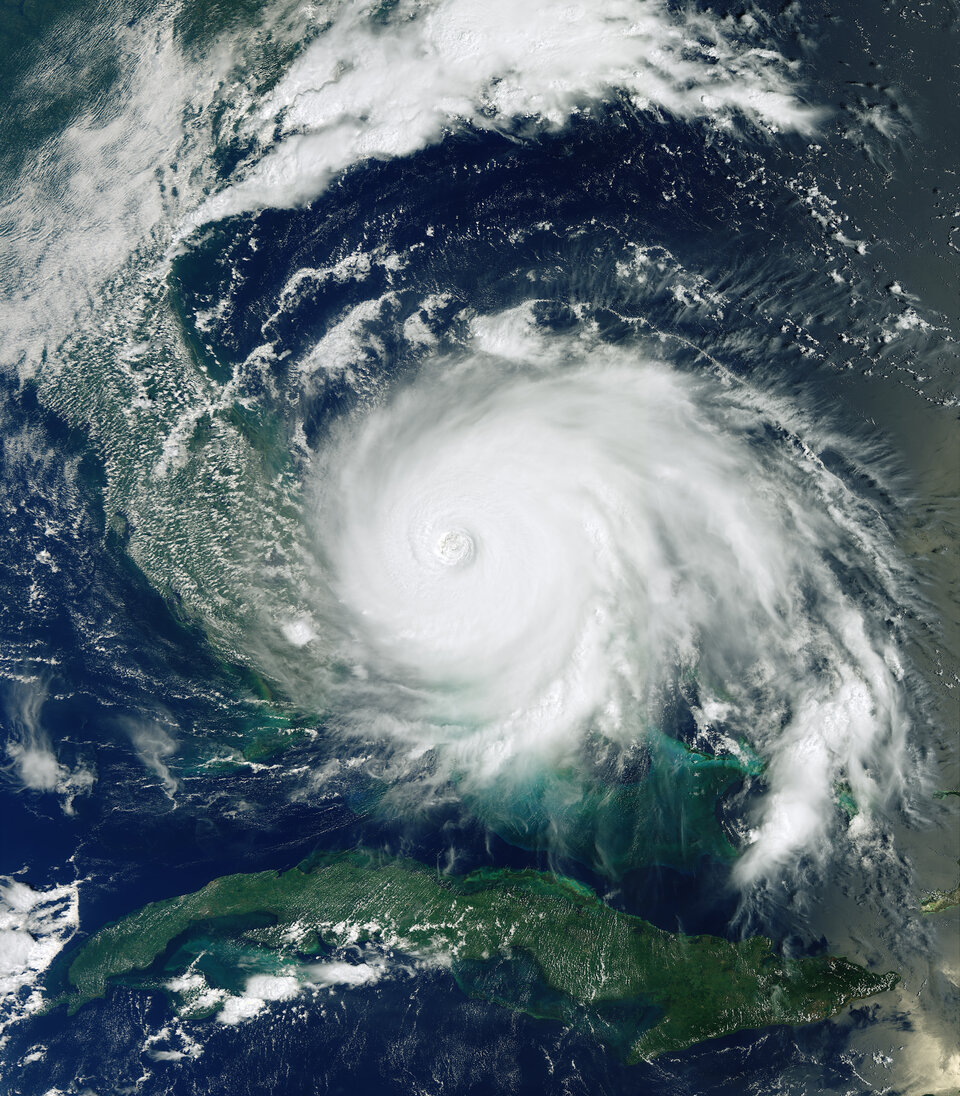Record funding for European space investments in Seville
Europe strongly united in space after Space19+.
In a world where change is the only constant, leadership is more important than ever. European ministers have strongly endorsed ESA to take this lead, increase its organisational agility, effectiveness and efficiency, and reinforce its relationship with the European Union.
“We have looked at the future of our activities solely from the point of view of benefits we can bring to society, industry, governments and all Europe’s people,” says ESA Director General Jan Wörner.
“We tried to explain these benefits to European citizens, scientists, company leaders, the politicians and our international partners. With the support of our member States we created the Space19+ proposal, which was not only looking nice on big screens. European Ministers funded everything proposed with 14.4 billion Euro, the highest subscription in the history of ESA. This is a full success, a collective success!”.
Inspiration, competitiveness and responsibility
Modern societies heavily depend on services enabled by space technology. Without being aware we permanently use satellite-based navigation devices to find our way, rely on satellites to check the weather forecast, watch television brought to us by satellites and try to understand the consequences of climate change – collecting data via satellites.
European citizens expect ESA to make their lives better – reaping the benefits of space technology in day-to-day activities. This is a challenging responsibility. To fulfil it, ESA needs to excel in the global competition with inspiring space programmes in all domains of space.

Inspiration
“At Space19+, ministers decided on a boost of space science in Europe for the first time after 25 years,” says Prof. Günther Hasinger, ESA Director of Science. “This enables Europe to embark on some of the biggest upcoming scientific opportunities. Observing supermassive black holes mergers, analysing at the same time the light as well as the gravitational waves, will tell us how these gargantuan monsters alter time and space. This is absolutely essential to understand how our Universe works.”
The 10% increase for Science allows also for more small but fast-developed missions in close cooperation with ESA Member States like Cheops and Comet Interceptor.
“The holy grail in astronomy today is to find a second Earth,” says Prof. Hasinger. “Everybody is intrigued by the question whether there is life out there. I am very much looking forward to the launch of our first exoplanet mission Cheops, on 17 December this year. It is the first mission in a series of three dedicated to the search for life elsewhere than Earth.”

European astronauts enjoy a huge popularity in their home countries and beyond. Their missions to the International Space Station capture the imagination of citizens and inspire the younger generations in Europe.
“Humankind has been living and working permanently in space on the International Space Station for nearly two decades,” says David Parker, ESA Director of Human and Robotic Exploration.
“Now it is time to expand our presence to the Moon and one day Mars. The one-third growth in Europe’s space exploration programme will make our dreams a reality. While we fully explore the Moon and its resources in preparation for going further, we will also bring pristine samples back from Mars to understand why the Red Planet is hostile to life today although long ago it was similar to our Earth.”
With the funding provided at Space19+, ESA will be able to issue a call for a new generation of European astronauts, send them to the International Space Station and also to the Moon aboard the Orion spacecraft. ESA will strengthen its partnership with NASA by contributing vital transportation, technology and habitation for the Gateway, the first lunar spaceport. As part of the most ambitious robotic exploration programme ever attempted, ESA will build the first spacecraft to return pristine samples from the surface of Mars, transforming our knowledge of the Red Planet.

Competitiveness
Autonomous access to space is of strategic political importance for Europe to realise its own ambitions. The entry into service of Europe's new family of launch vehicles, Ariane 6 and Vega-C and the investment in the future of space transportation will reinforce Europe's independent access to space, transport in and return from space for both commercial customers and critical government users.
“The demand for space transportation services is growing fast while competition is fiercer than ever,” says Daniel Neuenschwander, ESA Director of Space Transportation. “Europe is ready to play a strong role in all segments from heavy to small launchers and even in support to commercial micro launchers. Space Rider, ESA’s small shuttle for fast turnaround such as science experiments in microgravity, complements our portfolio. It’s time to embrace the private sector and we are ready for it. Space19+ demonstrates Europe’s determination to maintain its 40-year legacy of autonomous access to space.”

The cooperation between the EU and ESA in Galileo and EGNOS is a success with more than a Billion users for one of the most, if not the most accurate system in the world. It provides European companies and citizens with independent access to satellite positioning, navigation and timing services crucial to day-to-day life.
“Europe’s space ministers have given a clear vote of confidence to the Navigation and Innovation Support Programme, by subscribing to its next phase with a significantly enhanced yearly budget,” says Paul Verhoef, ESA Director of Navigation.
“The programme looks to the future of ‘positioning, navigation and timing’ by supporting commercial R&D projects, efforts to sharpen European competitiveness and long-term R&D including navigation beyond Earth. Its flexible, agile nature makes it a very suitable partner for ESA Member States and companies, including small-medium enterprises and the New Space ecosystem.”
Fast-paced digitalisation and miniaturisation have disrupted the telecommunication market forcing everyone to change.
“European ministers responsible for space have increased our budget by 35%,” says Magali Vaissière, ESA Director of Telecommunications and Integrated Applications, “Allowing us to implement all three strategic lines of our ARTES 4.0 programme.”

“In partnership with the satellite communication industry, we will drive Europe’s competitiveness in the global market in particular by developing the first fully flexible satellite systems to be integrated with 5G networks, space systems for safety and security including SAGA as part of the European Quantum Communication Infrastructure as well as the next-generation optical technology for a fibre-like ‘network in the sky’.”
The past success of Europe in space depends fully on the competitiveness of its industry and of the cutting-edge basic R&D and world-class facilities of ESA. All domains of space technology, including innovative propulsion, digital design and new production methods, first flight of specialised microprocessors dedicated to artificial intelligence tasks and cyber-resilience both in terms of enabling technologies for a wide range of applications and resilience of space systems will benefit from the increase of funding at Space19+.
“Member States have recognised the key role of investment in basic technology research and the associated laboratories,” says Franco Ongaro, ESA Director of Technology, Engineering and Quality.
“Once the technology is mature the private sector is ready to use it. Europe’s ministers responsible for space understand that better than anybody else. They have substantially upgraded the funding for developing ideas, by increasing the basic activities by 10%, and by strongly supporting the generic support technology programme; converting ideas into working prototypes and for readying leading-edge technology for spaceflight and open markets. I am very grateful for this strong endorsement of R&D programmes at ESA. Now our challenge is to keep our technology target promise: to increase innovation sustainability and efficiency’ and to reduce the development time of our systems.”
"Substantial funds will be devoted to the mission operations infrastructure over the next three years," adds Rolf Densing, ESA Director of Operations.

"This infrastructure is essential for mission success. We will deliver advanced new capabilities as well as increased efficiency, notably a 'multi-mission operations infrastructure as a service', the deployment of new software to control satellites, dubbed 'European Ground Systems Common Core' and a new deep space antenna. Major investments have also been decided to make ESA a fully cyber-resilient agency. These efforts will all boost European industrial competitiveness on the global market."
“Now, we need to quickly transform this fantastic success into jobs and economic growth in all ESA Member States” said Eric Morel de Westgaver, ESA Director for Industry, Procurement and Legal Services. “Ministers have clearly recognised the industrial policy as a key challenge for the future of ESA. We will therefore work to further increase responsiveness and flexibility to adapt to all industrial actors, in particular SME who have a key role to play in this new space eco-system.”
Responsibility
Reflecting one of the major concerns of European citizens, European ministers responsible for space have made the greatest funding increase in Earth Observation. This will allow for a suite of eleven Earth Observation satellites to monitor climate change and the global carbon cycle to meet the Green Deal goal of a carbon-free Europe by 2050.

“Europe further enhances its role as global leader in Earth observation with clear targets to play an active role in supporting solutions to global issues related to Climate, Arctic and Africa,” says Josef Aschbacher, ESA Director of Earth Observation.
“The Copernicus space component programme, co-funded with the EU, has received a record over-subscription of nearly one third, to develop six new Sentinel missions and the related ground segment. This is a clear endorsement for the continuation of a successful EU-ESA cooperation in space.”
“We will also initiate the Digital Twin Earth project combining high-performance computing, artificial intelligence and cloud-based processing to push the frontier of science and technology to better understand and model the Earth system with the most advanced technologies” adds Aschbacher.
The sky has so far not been falling on our heads – However, dinosaurs did not have a space agency, which explains why European Ministers established now firmly Space Safety as a new programme.
“Compared to its precursor, Space Situational Awareness, Space Safety is more than four times bigger in volume” says Rolf Densing, ESA Director of Operations.
“We will be able to build three new missions: Lagrange, the first satellite to warn us of extreme space weather from an orbit simultaneously viewing both the Sun and Earth, Hera to demonstrate for the first time Asteroid deflection together with NASA and ADRIOS to demonstrate for the first time active debris removal.”
United space in Europe
Recognising ESA's vital role in guaranteeing Europe's place in space, Ministers have expressed their full support to the Director giving him a clear mandate to reinforce both ESA's relationship with the European Union and to increase its own organisational agility, effectiveness and efficiency.
“Taken by the European ministers at Space19+ in Seville, these far-sighted decisions allow ESA to look with confidence and fresh commitment towards the opportunities of the next decade and beyond. I am proud to be the Director General of a stronger European Space Agency, leading a united space in Europe, cooperating where possible and competing where necessary, but uniting Europe in and through space” says Jan Wörner.







